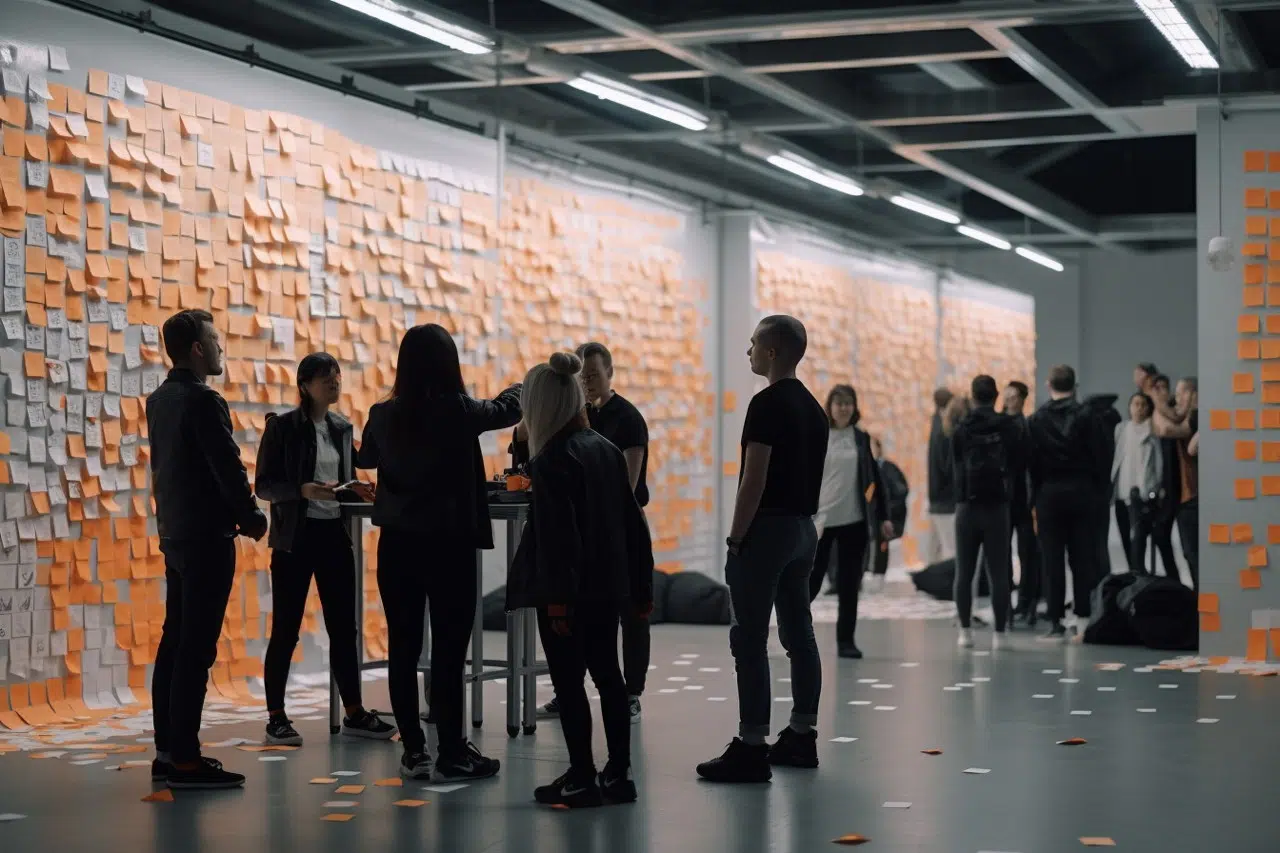
Sense-making is the process by which individuals and groups make meaning of their experiences to understand and interact with the world. It is a dynamic and contingent process shaped by social, cultural, and political contexts and involves constructing, deconstructing, and reconstructing meaning. This complex process is not fixed or objective but somewhat fluid and dynamic. Sense-making involves synthesizing information, creating coherence, and negotiating and constructing meaning within a social and cultural context.
In design thinking and innovation, sense-making is crucial in identifying and addressing underlying challenges and opportunities. Designers and innovators must navigate complex and ambiguous situations to develop effective and innovative solutions. Sense-making enables them to move beyond surface-level information and data to uncover deeper patterns and insights that may not be immediately apparent.
Through sense-making, designers and innovators can understand the needs and desires of their users or customers deeply and nuancedly. This process requires not only the ability to synthesize information but also the ability to negotiate and construct meaning within a cultural context. By doing so, designers can identify underlying challenges and opportunities that need to be addressed and develop practical and innovative solutions.
Complexity and sense-making
According to researcher and consultant Dave Snowden, sense-making is a cognitive process that helps individuals and organizations make sense of complex, ambiguous, and uncertain situations. Snowden identifies three critical stages of sense-making:
- Gathering information and data.
- Applying patterns or models to that information to create meaning.
- Taking action based on that meaning.
Snowden emphasizes that sense-making is not a linear process but a recursive one. Individuals and organizations cycle back and forth between these stages to refine their understanding of a situation and develop effective strategies for action.
Sense-making is particularly important in situations of high complexity, where traditional approaches to problem-solving may need to be more effective. In such cases, embracing uncertainty and adopting a more exploratory and iterative approach to sense-making is essential. This involves gathering and analyzing data and engaging in dialogue and collaboration to create a shared understanding and identify novel and innovative solutions.
A collaborative practice
From a social constructionist point of view, sense-making is an inherently social and collaborative practice. Social constructionism is a theoretical perspective that emphasizes the importance of social processes in shaping the world around us. According to this perspective, knowledge, meaning, and reality are all socially constructed through interactions with others.
Sense-making, or creating meaning from information and experience, is no exception. Social constructionists argue that sense-making is not an individual, isolated activity but a collaborative process within a social context. We make sense of the world by drawing on shared understandings, beliefs, and practices shaped by our interactions with others.
In today’s world, sense-making is more relevant than ever, as we are constantly bombarded with information and faced with complex, rapidly changing social and environmental challenges. Designers, in particular, have an essential role in facilitating sense-making and helping to create shared understandings that can lead to positive change.
By working collaboratively with diverse stakeholders, designers can surface different perspectives, challenge assumptions, and co-create meaning that is inclusive and responsive to the needs and aspirations of different groups. They can also use design to create tools, platforms, and experiences that enable people to make sense of complex information and connect with others in meaningful ways.